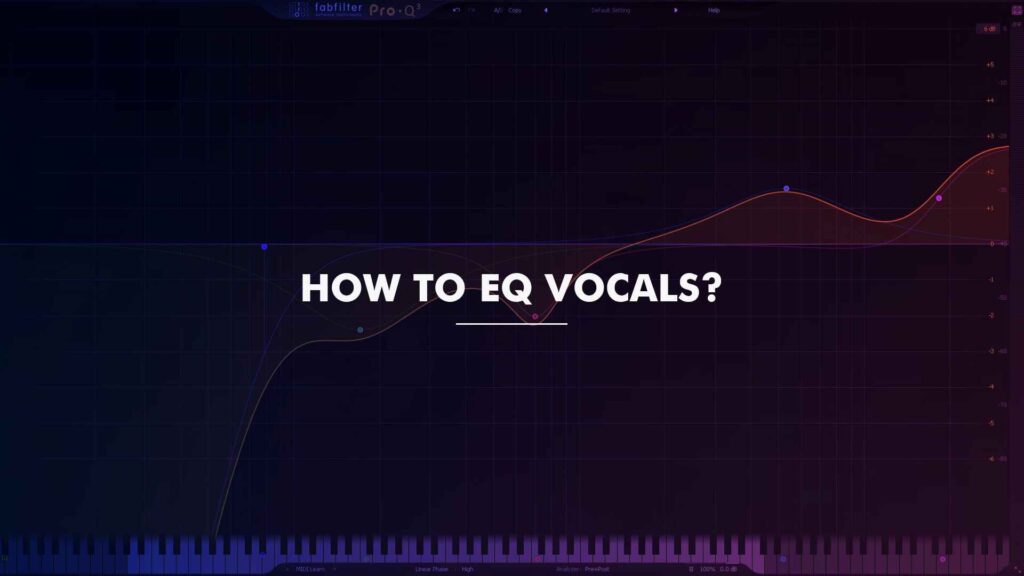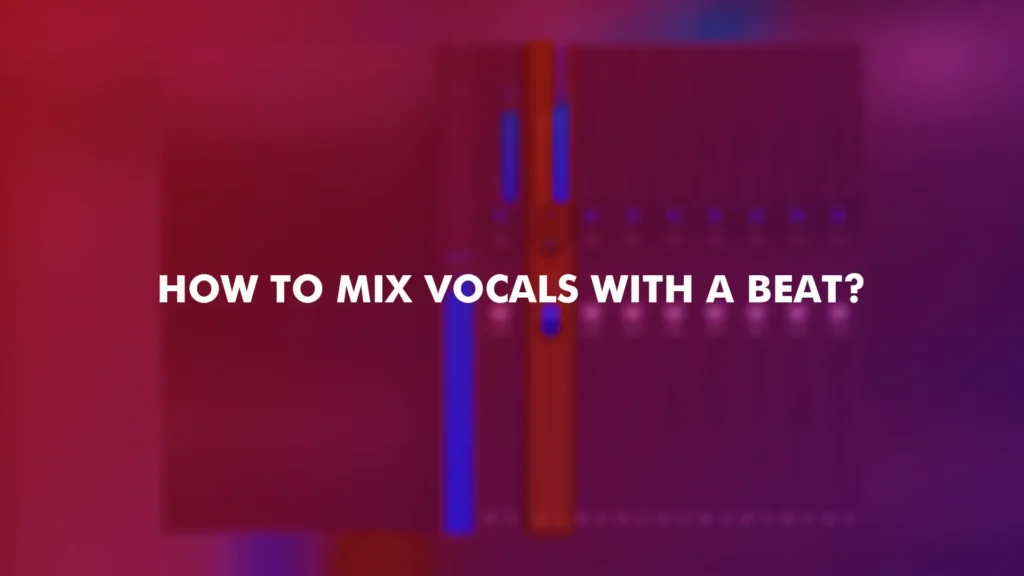How To Use Reverb On Vocals & Add Depth To Your Mix: Unleash The Power Of Reverb
Reverb is an important aspect of music production because it helps to create a sense of space and depth in a recording. In this blog, I’ll be diving deep into the world of reverb, discussing its types, settings, and tips to help you get to know the reverb better. I’ll be covering everything you need to know to get you started with the use of reverb on vocals.
*I’ll be discussing the right way to use ‘delay’ in the next blog.
Understanding Reverb:
Reverb is an audio effect that simulates the sound of a specific environment or space. It can be used to add depth, warmth, and space to vocals, and works by reflecting sound off of surfaces to create a sense of distance. There are different types of reverb, such as room, hall, and plate reverb, but when using reverb on vocals it’s important to use it sparingly to avoid overpowering the vocals and making them sound muddy and unclear. A good rule of thumb is to use just enough reverb to add depth and dimension to the vocals.
Types Of Reverb:
There are several different types of reverb, each with its own unique characteristics and uses. Some of the most common types of reverb include:
- Room Reverb: This type of reverb simulates the sound of a small to medium-sized room and is often used to create a sense of intimacy and closeness. Room reverb can be used to add warmth and depth to vocals, making them sound more natural and realistic.
- Hall Reverb: This type of reverb simulates the sound of a large concert hall or cathedral and is often used to create a sense of grandeur and spaciousness. Hall reverb can be used to add a sense of power and drama to vocals, making them sound larger than life.
- Plate Reverb: This type of reverb uses a metal plate to simulate the sound of a real-world space. It’s widely used for vocals to create a sense of vintage and retro sound. It was the first type of synthetic reverb that was developed.
- Convolution Reverb: This type of reverb uses impulse responses to simulate the sound of real-world spaces. It’s often used to recreate the sound of a specific room, concert hall, or other environment.
Different parameters of reverb:
- Wet/Dry Mix: This setting controls the balance between the dry, unprocessed vocals and the wet, reverberant vocals.
- Room Size: Room size controls the size of the virtual space that the reverb simulates.
- Pre-Delay: Pre-delay refers to the amount of time between the original sound and the first reflection.
- Reverb Time: Reverb time, also known as decay time, controls the amount of time it takes for the reverb to fade away.
- High-Frequency Damping: High-frequency damping controls the amount of high-frequency content that is absorbed by the virtual space.
- EQ: Reverb plugins often come equipped with built-in EQ controls, providing a means to customize the reverb space to your preference. One crucial aspect to keep in mind when applying reverb to vocals is to prevent any muddiness or harshness in low frequencies. By utilizing the EQ features, you can effectively remove these undesired frequencies from the reverb, resulting in a refined and polished sound.
Different reverb settings for pop vocals
*These settings are just starting points, use them as per your needs.
*Must use these reverbs on a send channel and blend the send volume of the vocal to the reverb send track as per your taste.
Room Reverb:
Pre-Delay: 20-30ms
Decay Time: 1.5-2s
Damping: Medium
Dry/Wet Mix: 100%
Plate Reverb:
Pre-Delay: 10-20ms
Decay Time: 1-1.5s
Damping: Medium
Dry/Wet Mix: 100%
Hall Reverb:
Pre-Delay: 30-40ms
Decay Time: 2-2.5s
Damping: Medium
Dry/Wet Mix: 100%
*To create a more professional sound, you can use a combination of different reverbs on different send channels for the same vocal. For example, you could use a room reverb on one send channel and a plate reverb on another send channel, adjusting the amount of send volume of the vocal on each channel to achieve the desired balance between the two reverbs. Experimentation is key, and you should adjust the settings as per the track you are working on.
Best Reverb Plugins
Conclusion
In conclusion, adding reverb to vocals can improve the overall sound and feel of a song. It’s important to be familiar with the different types of reverb and how to adjust the settings to create a sense of space and depth in your mix. Experimentation is crucial, so don’t hesitate to try different settings and find what works best for your specific track. Remember to use reverb carefully and not excessively, as too much can make the vocals sound unclear and hard to hear. By keeping these tips in mind and by also following our previous blogs on EQing and Compressing vocals, you can successfully add professional-sounding Reverb, EQ & Compression to your vocal tracks.
Do let me know in the comments if you have any questions regarding vocal reverb.
*If you want your tracks to be mixed and mastered professionally as per industry standards, you can hire me.



Pingback: Unlocking Better Music Production: Why Disabling Sound Enhancements Is Key To Better Mixes - Cetus